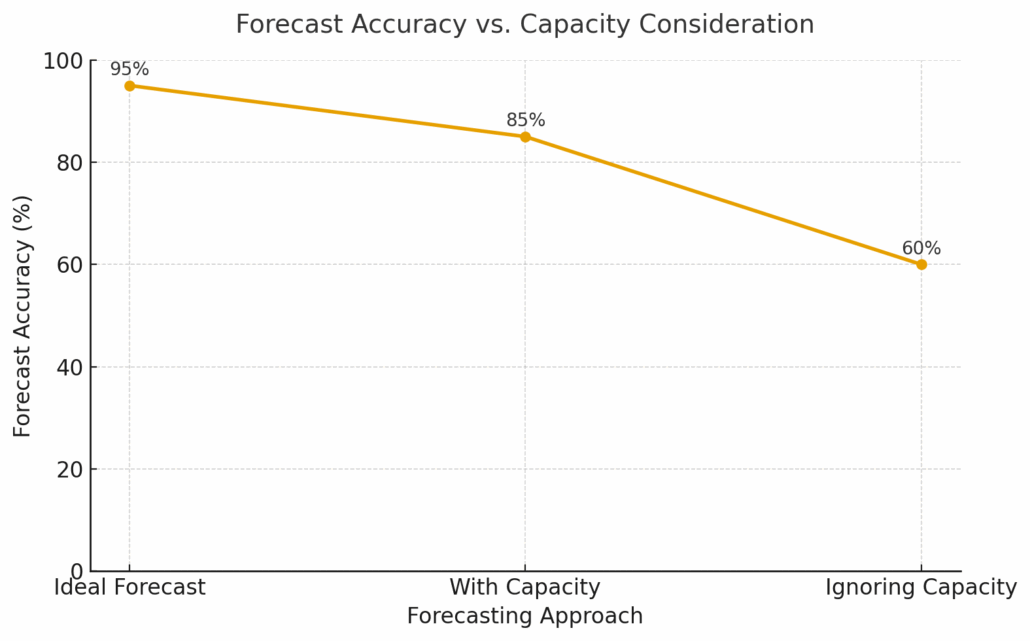Spreadsheets Don’t Sweat, But Your Team Does
Why FP&A Needs Capacity for Human Energy in Forecasts
Most FP&A models assume people are machines. Productivity per headcount is fixed, output per hire never wavers, and teams deliver indefinitely at full tilt.
But businesses don’t run on perfect constants. They run on people. And when FP&A ignores human energy, forecasts might balance on paper — but reality cracks.
The Blind Spot
Here’s how models collapse when people’s limits are ignored:
- Forecasting 15% sales growth while reps are already at quota fatigue.
- Assuming flawless execution on a launch when engineers are logging 70-hour weeks.
- Projecting steady retention without factoring in cultural drag or manager churn.
The spreadsheet is calm. The humans behind it are not.
The Fallout
When leadership leans on numbers divorced from human capacity, two things happen:
- Targets get missed. Not because math was wrong — but because people couldn’t sustain the pace.
- Trust erodes. Once teams realize the forecast ignores their lived reality, they disengage.
And disengagement is a hidden tax no P&L line captures — until it’s too late.
The Human-Centered Forecasting Framework
At The Schlott Company, we help CFOs embed human capacity into FP&A. It’s not psychology. It’s physics: people wear down.
Our framework:
- Workload Signals — Track leading indicators like overtime, attrition, or engagement.
- Energy-to-Output Mapping — Link morale and bandwidth directly to sales, delivery, and churn.
- Stress-Test Scenarios — Model burnout, turnover, and cultural drag as downside risks.
- Recovery Modeling — Build rest, onboarding, and recalibration into planning cycles.
This isn’t soft science. It’s operational reality.
Why It Matters
Companies don’t miss targets because spreadsheets fail. They miss because humans behind them can’t run at redline forever.
Human-centered forecasting forces tradeoffs into the open: growth at what cost? Retention at what effort? Expansion at what speed?
The risk of ignoring this is silent collapse. The reward is credibility — because forecasts that account for people earn trust across the board.
The Future of FP&A
The next frontier of FP&A won’t be shinier dashboards or faster closes. It will be models that reflect not just dollars, but the humans who drive them.
At The Schlott Company, we design decision-systems that bring people back into the forecast — treating energy, culture, and capacity as financial drivers.
Because spreadsheets don’t sweat. But your team does.









